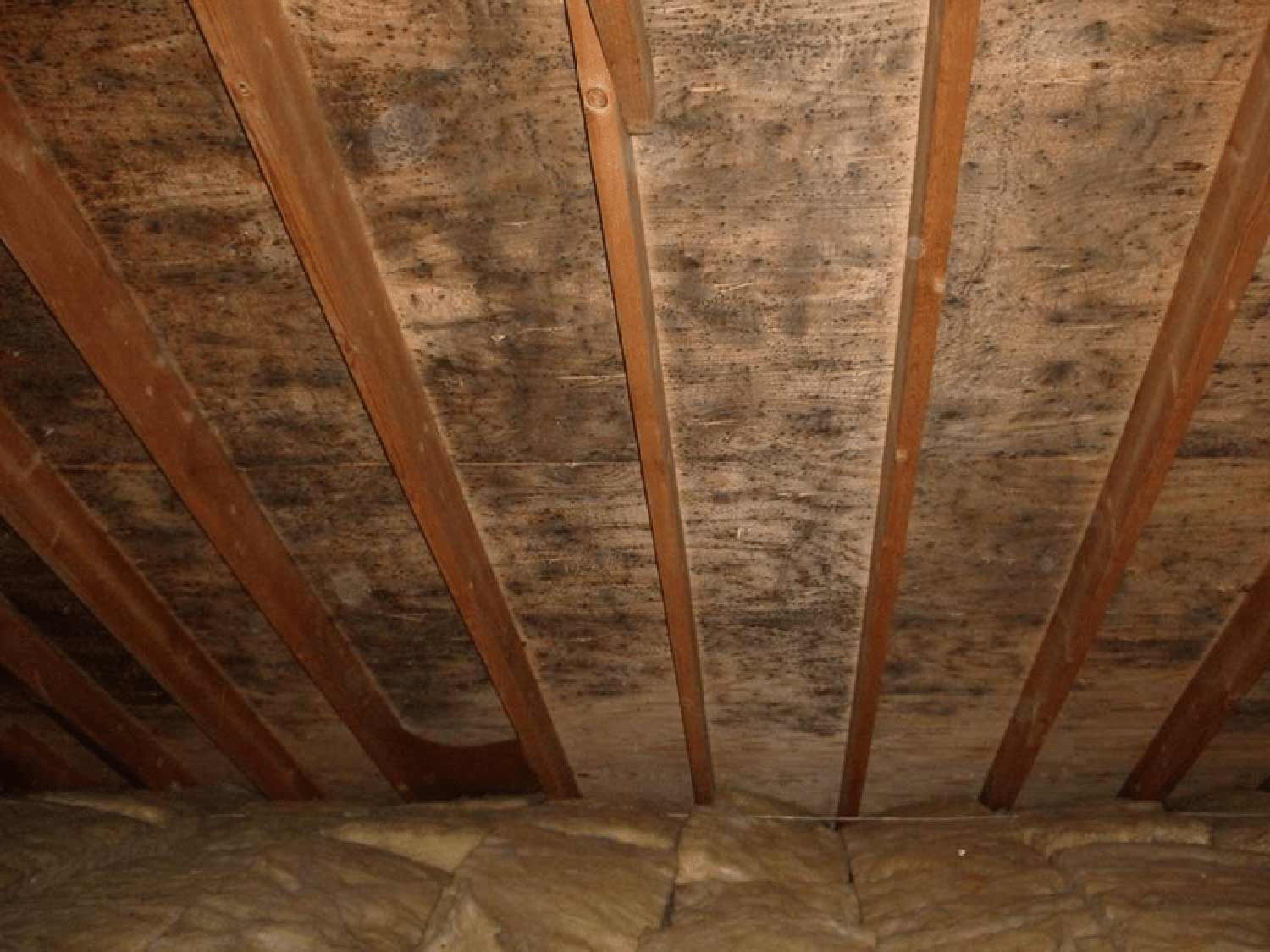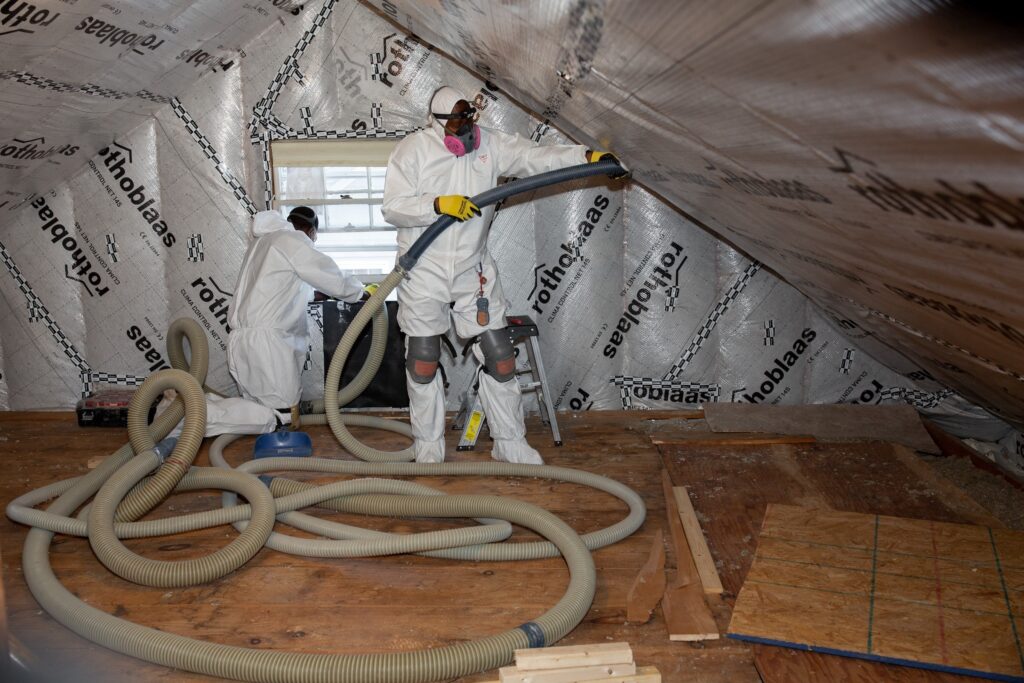If you’ve noticed foggy windows, musty closets, or cold rooms that feel damp, you’re not alone.
Maine homes deal with extremely dry outdoor air in winter and big differences in how moisture behaves from room to room. Add in holiday gatherings, wood stoves, and home upgrades that change how air and heat moves through the building, and humidity becomes a moving target.
This guide walks through what’s “normal,” what’s not, and how to manage humidity so your home stays comfortable without creating hidden moisture problems in attics, closets, or behind walls.
If you want a professional set of eyes on your home, call Evergreen Home Performance at 207-594-2244 or schedule an energy audit. We’ve helped more than 6,000 Maine homeowners improve comfort, cut heating costs, and stop moisture issues at the source.
Table of contents
- What is humidity and why it matters in winter
- What should humidity be in your house in winter?
- Why Maine homes get dry in winter
- How humidity and dew point cause condensation
- Cold rooms, closets, and attics – the hidden moisture traps
- How older Maine homes change after insulation and air sealing
- Holiday gatherings and winter moisture spikes
- How to control humidity in winter
- Signs your home’s humidity is too high or too low
- When to call a professional
What is humidity and why it matters in winter
Humidity is simply the amount of water vapor in the air in comparison to the amount of moisture that can held at a particular temperature. In winter, the conversation usually centers on dry skin and static shocks. But in Maine, the bigger issue is what happens when warm, moist indoor air touches cold surfaces.
Cold outdoor air can’t hold much moisture. When that air leaks into your home – or when warm indoor air leaves through a wood stove or drafty attic – humidity inside drops. At the same time, moisture from cooking, showers, and even breathing builds up in tighter or better insulated homes.
When the balance tips too far in either direction, you see problems:
- Too dry: uncomfortable air, shrinking wood, sinus irritation
- Too humid: condensation on windows, mold in cold rooms, musty basements, attic frost
Maine’s winter climate exaggerates both ends of the spectrum.
What should humidity be in your house in winter?
For most Maine homes, a safe target is about 35 percent RH during the coldest stretch of winter.
That range protects your home from condensation while still keeping indoor air comfortable.
Here’s how to think about it:
Homes that can safely run 40–50 percent RH
These homes usually have:
- Good insulation and strong air sealing
- High performing windows (double or triple pane, or interior storms)
- Even heat across all rooms
- No cold, closed-off bedrooms or closets
If your home fits this category, you can often stay closer to 40 percent without fogging windows or stressing the building.
Homes that should stay closer to 30–35 percent RH
This applies to many older Maine homes:
- Drafty rooms or noticeable air leaks
- Wood stoves or fireplaces that exhaust indoor air
- Older windows or single panes
- Cold upstairs rooms or closets that stay unheated
- Homes with chronic condensation in winter
When temperatures dip below zero, even well insulated homes may need to drop humidity slightly for a few nights or have wet spot cleaned up to prevent mildew. Sometimes it may be necessary to draw insulated curtains or shades during the day to dry up the moisture on the window.

Why Maine homes get dry in winter
Most Maine homes see humidity fall quickly once the cold sets in. That’s because:
- Cold outdoor air holds very little moisture
- Drafts pull that dry air inside as warm air leaks out the top of the building
- Wood stoves and fireplaces exhaust warm, humid air and replace it with cold, dry air from outside
- Leaky attics or basements create constant air exchange
A wood stove can pull hundreds of cubic feet of indoor air out of a house each hour. If that air is replaced with 10-degree outdoor air, your indoor humidity can drop into the low 20s without any humidifier adding moisture back.
A chronically dry house may be uncomfortable – but the dryness may be better than condensation in some cases.
How humidity and dew point cause condensation
The key to understanding winter moisture is the dew point. That’s the temperature where moisture in the air condenses into liquid water.
- Higher humidity = higher dew point = easier condensation
- Lower humidity = lower dew point = harder for condensation to form
Temperature also plays a role with the higher the surface temperature, the lower the condensation (Check out the warm heater around the freezer or refrigerator door seal to prevent condensation).
Lowerr temperatures increase condensation. Cold window glass is the most obvious place this shows up. If the surface of the glass drops to the dew point, you get:
- Fogging
- Water pooling on sills
- Frost on the coldest days
Better windows solve most of this. So do interior storm panels, especially the ones many Mainers install through Window Dressers.
One surprise for many homeowners: insulated shades can make condensation worse. They prevent room heat from warming the glass, so the window surface gets even colder behind the shade. Unless the shade is tightly sealed around the edges, moisture collects behind it. It might not be a bad idea to open the shades in the morning until the moisture dries up to prevent mildew then closing them up again.
Cold rooms, closets, and attics – the hidden moisture traps
Humidity problems often start where you’re not looking.
Cold, closed-off rooms
Many older Maine homes have a tradition of closing off upstairs rooms to save heat.
But cold rooms + normal household humidity = very high relative humidity locally.
That’s why you see:
- Mold on shoes or coats in closets
- Damp leather goods
- Peeling paint in unheated rooms
- Condensation in corners
Even though the overall house humidity might be 40 percent, a cold closet in a closed off room that is 53 degrees can spike to 61 percent RH and cause mildew and mold, simply because the temperature is so low.
If you’re seeing condensation or mold in these spaces, keep doors open or lightly heat the area.
Attics
Attics reveal moisture problems before the living space does. When warm, moist air leaks upward, it condenses on the cold roof deck. Over a few cycles, you get:
- Frost on nails
- Dark roof staining
- Mold growth
- Wet insulation
- Wet spots on the ceiling after the weather warms up
Window condensation downstairs is often a warning sign of attic moisture above depending on the attic air sealing and the roof ventilation.

How older Maine homes change after insulation and air sealing
Many Evergreen customers grew up boiling pots of water on the wood stove to add moisture. In a leaky house, that trick worked because the home was constantly losing humidity to the outdoors, sometimes causing issues of condensation in other parts of the house..
But once you insulate and air seal – especially basements, attics, and rim joists – the whole moisture balance changes.
Suddenly:
- Normal cooking and showering add enough moisture
- Humidifiers can push humidity too high
- Condensation appears where it never did before
- Wet basements can be a bigger issue with moisture buildup in a tighter house
This is why monitoring humidity during and after home upgrades is so important. A home that lived comfortably at 45 percent humidity before improvements may only tolerate 35 percent afterward.
It’s not a bad thing – it’s a sign the home is holding heat and moisture more effectively.
Holiday gatherings and winter moisture spikes
Thanksgiving, Christmas, and long weekends with visiting family all produce a burst of indoor moisture.
All at once, you have:
- A turkey in the oven
- Pots simmering
- A dishwasher running
- Multiple showers
- A house full of people breathing warm, humid air
Even a well insulated home will see humidity climb.
Simple ways to stay ahead of it:
- Run the kitchen range hood while cooking
- Run bathroom fans during and after showers
- Crack a window for a few minutes if windows start fogging
- Keep interior doors and closets open so moisture doesn’t collect in cold pockets
These spikes are normal. The key is giving the moisture a path out or allow condensation to dry and not cause mold and mildew.
How to control humidity in winter
Here are the biggest steps for Maine homes:
1. Use ventilation the right way
Run your bathroom fan during showers and for 15–20 minutes afterward. Use your kitchen exhaust fan when boiling or simmering. If you don’t have fans or they’re underpowered, upgrading them is a great first step.
2. Seal air leaks
Air leaks are the #1 cause of winter dryness and the #1 cause of winter condensation. A blower door test during an Evergreen energy audit shows exactly where the home is leaking.
3. Improve insulation and window performance
Better insulated homes have more stable temperatures and fewer cold surfaces where condensation can form. Storm windows or double/triple pane windows also help keep interior glass warmer.
4. Monitor your humidity
A small digital hygrometer is inexpensive and incredibly useful. It helps you spot problems early and adjust as temperatures drop.
5. Use humidifiers carefully
If your home is drafty or you heat with wood, you may need some added humidity. But once you tighten up the house, be cautious. Too much humidity is a bigger threat than too little in Maine’s climate.

Signs your home’s humidity is too high or too low
Too low (under 30 percent)
- Dry skin
- Static electricity
- Sinus irritation
- Gapping wood floors
Too high (over 40–45 percent)
- Foggy windows
- Musty closets
- Mold in cold rooms or on shoes
- Frost in the attic
- Peeling paint or bubbling drywall
- Basement mildew
If you’re consistently seeing these signs, the building isn’t managing moisture well.
When to call Evergreen Home Performance
You should reach out if you notice:
- Persistent window condensation
- Mold in attics, corners, or closets
- Rooms that stay cold and damp
- A home that’s always too dry despite humidifiers
- Sudden changes after installing insulation or a heat pump
- High heating bills and uneven temperatures
Humidity is never just a comfort issue – it’s a building science issue. Left alone, it can damage windows, framing, insulation, or your roof system.
Evergreen Home Performance has been helping Maine homeowners solve these problems for nearly 20 years. If you want a healthier, more comfortable, and more efficient home this winter, we’re here to help.
Call 207-594-2244 or schedule an energy audit today.






